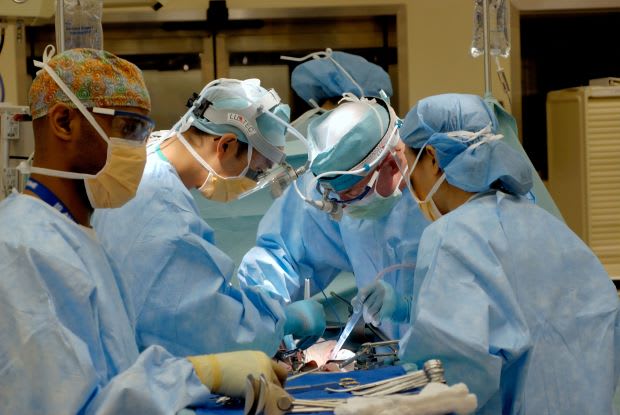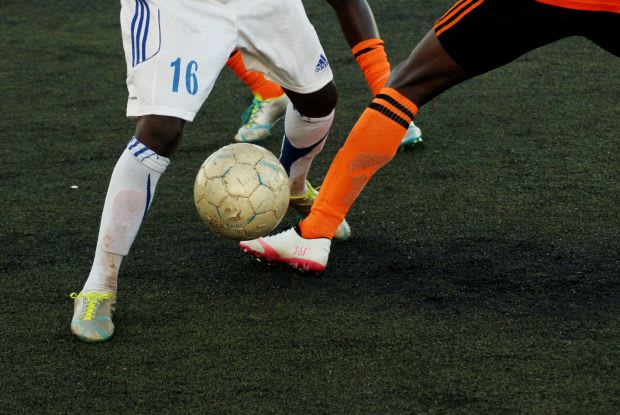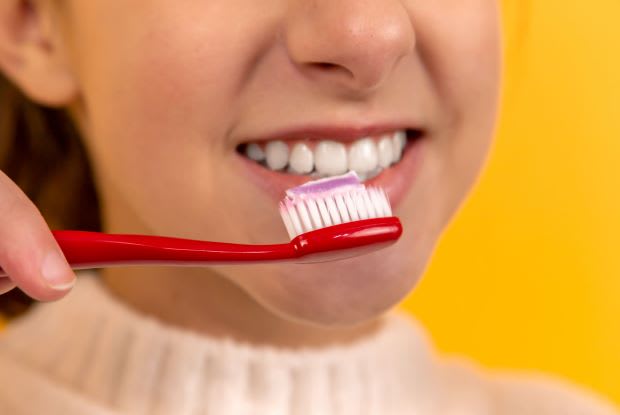Table of Contents
I. Bleeding Risks on Blood Thinners
IV. Be Aware of Your Dental Practices
VI. When to Seek Emergency Help
Bleeding Risks on Blood Thinners
Since it has hit the market, Xarelto continues to be one of the most popular drug thinners. Xarelto, also known by its generic name rivaroxaban, can treat or prevent blood clots. Blood clots occur when a blood vessel becomes injured. When injured, platelets rush to the site of injury to plug up the wound. This is great if you get cut or scrapes, but sometimes clots appear inappropriately and lead to dangerous complications.
When a clot forms in the bloodstream due to an injury or atherosclerosis (buildup of plaque in the arteries), the clot may break off from the wall of the vessel and travel within the body. This clot can block the flow of the bloodstream and lead to a heart attack or stroke. Clots can occur anywhere but are most common in older adults, those who have recently had surgery, obese individuals, and those who smoke. [1]
Because clots are so prevalent, many drugs like Xarelto have been developed to prevent their formation. Xarelto is a Factor Xa inhibitor, a type of anticoagulant that blocks the clotting activity of a protein in the blood (Factor Xa). When this factor is blocked, it keeps blood clots from developing or worsening. It keeps the blood flowing smoothly, but that may increase the risk of excessive bleeding. When the clotting factor is suppressed, blood may continue to seep out of the wound where a clot would have otherwise staunched it. Read on to learn more about how to reduce your risk of excessive bleeding while using blood thinners like Xarelto. [1] If you are starting a new blood thinner regime, you should tell your doctor about any hobbies or activities you participate in. Some sports and exercises are more dangerous than others, and your doctor can help determine which ones are safe for you. Basketball, soccer, gymnastics, hockey, football, and skiing may be dangerous to perform because you are at risk of excessive bleeding. These activities involve close contact with others, and if you take blood thinners, an injury may have bleeding implications for you. Cuts or lacerations are easy to identify and treat, but you may be in danger if you experience an internal injury. Most people do not know if they are bleeding internally, and it may be too late by the time you seek medical care. This does not mean you have to give up all sports; doctors recommend running, bicycling, or triathlons as safe activities for patients taking blood thinners. Regardless, it is essential to exert caution while on Xarelto and wear protective equipment whenever applicable. [2] Most of us do not give a second thought to a bit of blood when flossing, but it may be dangerous for those taking blood thinners. Flossing can be a painful and bloody process if you do not do it regularly. This bleeding may get out of hand if you are taking blood thinners, so it is important to floss gently on Xarelto. If you do notice that your gums are bleeding a lot during flossing or teeth-brushing, press firmly on the gums with a damp washcloth for 30 minutes. For the next 24 hours after this bleeding event, you may want to avoid drinking hot beverages, using a straw, spitting, rinsing your mouth, or smoking. Never stop your medication before a dental procedure. Your dentist will likely take additional steps to control bleeding by using minimally invasive surgical techniques and gauze. Maintaining communication with your healthcare team is essential. [3] You may not realize how many everyday activities can put you at risk of bleeding until you are on blood thinners like Xarelto. Accidents happen, and many of them may be unavoidable, but you can take several precautions to avoid a bleeding event. Along with wearing protective equipment during sporting activities, you may want to wear protective gloves when gardening or working with tools. You may also want to: Experiencing minor injuries is common and rarely an emergency. If you are on blood thinners, it may take longer than normal for bleeding to stop, but it usually does not create a major bleeding event. More serious injuries may occur, and you may be wondering if it warrants a trip to the doctor. If you experience any injury, it is essential to remain calm and hold pressure on the cut with gauze or a clean rag. It is also important to elevate the cut above your heart to promote circulation. Keep continuous pressure for 15 minutes, then check to see if the cut is still bleeding. You may want to seek medical attention if the following occurs: The content in this article is intended for informational purposes only. This website does not provide medical advice. In all circumstances, you should always seek the advice of your physician and/or other qualified health professionals(s) for drug, medical condition, or treatment advice. The content provided on this website is not a substitute for professional medical advice, diagnosis, or treatment.
The Function of Xarelto
Avoid Contact Sports

Be Aware of Your Dental Practices
Day to Day Tips

When to Seek Emergency Help
